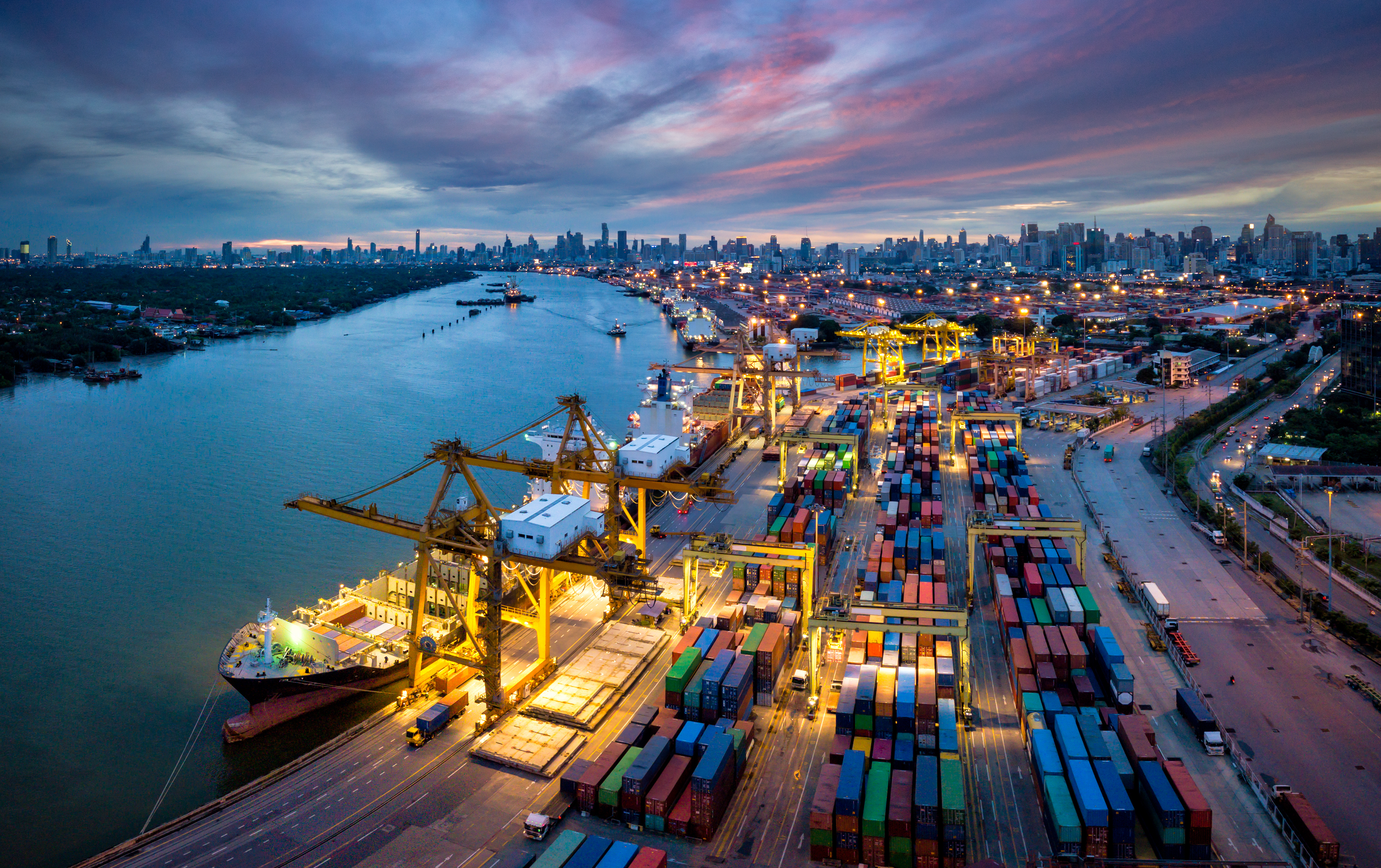Paper Supply Chain Disruptions
The COVID-19 pandemic exacerbated many existing, systemic problems that had already been slowly developing across all parts of the paper supply chain. This has impacted everyone from mills to Print Service Providers to people who are just trying to make their latest marketing campaign come to fruition. Even though nearly two years have gone by, these issues persist. There are a few reasons for that, but a good way to start is by assessing what’s going on with paper mills.
Mills – Supply Shortages & Rising Costs
There is a paper supply shortage that can be traced back to the mills, which have been steadily closing for years. On top of that, some that are still running have chosen to convert from producing commercial-grade printing papers to packaging. It’s understandable as the packaging industry’s demand for pulp is incredibly high. Therefore, manufacturing packing materials and fluff is extremely profitable for mills.
Paper inventories at mills are at a five-year low, according to Printing Times. Last year, they were down 50-75% across grades compared to 2020. Between the conversions and the closures, which only became more prevalent during the pandemic, the amount of paper sources in existence has been drastically reduced.
Plus, demand for paper has been volatile for the past couple of years. Printing, direct mail, publishing, and marketing all saw a downturn around the second quarter of 2020. However, this was reversed by the third and fourth quarters. At that point, the paper industry struggled to keep up with rising demand. It’s not as though demand is at an all-time high, but mills had to scramble back into production after much of the world had come to a standstill for weeks.
This all trickles down to print service. With mills reducing their total number of offerings and eliminating some product lines altogether, Distributors’ inventories are quite sparse. This means you must be extremely flexible when it comes to choosing paper for a print project. Don’t be surprised if your Print Service Provider calls you up with last-minute paper changes or price increases after hearing from their Distributor. In this market, papers can become unavailable within days, sometimes even within minutes.
The shortage isn’t the only complication coming from the mill side. Paper manufacturing is much more expensive these days due to dramatic increases in the costs of pulp, necessary chemicals, labor, and transportation. This has resulted in rising paper prices which impacts print projects as well and can result in unexpected budget changes.
Transportation – Clogs in the Supply Chain & Rising Costs
Another part of the paper supply chain that is really struggling is transportation. Of course, this all starts with the shipping container crisis that is affecting most industries. The cost of shipping a container from Asia to America has risen by tens of thousands of dollars. However, due to the amount of imports processing through a broken system, no matter how much buyers pay, they likely won’t see the cargo moved in a timely manner.
Vessel on-time arrivals at West Coast ports were only about 10% for much of last year, and on-time arrivals at East Coast ports hovered around 15%, says the Journal of Commerce. Many have started to avoid shipping to the West Coast ports, but that only helps so much. Also, no matter where it hits land, all cargo needs to go from the port to its final destination.
There are many bottlenecks that occur between a shipping container making it off a boat and onto its next mode of transportation, which is often a truck. This part of the process is what creates a lot of congestion and clogs at port terminals. Plus, this isn’t the only challenge that the trucking industry is combating.
For starters, fuel costs are the highest they’ve been since 2018. Also, the national average spot rate (which is a one-time fee that a shipper pays to move a load at current market pricing) reached $2.93 per mile in 2021. According to Sylvamo’s November 2021 Uncoated Freesheet Industry Update, rates are expected to remain high well into 2022.
Along with rising costs, there is a shortage of trucks and drivers in North America. Over the next decade the trucking industry will need to hire about 898,000 new drivers (90,000 drivers per year) to replace retiring truck drivers and meet industry growth. Most experts agree that this is very unlikely to happen. Therefore, it is estimated that America will be short 175,000 drivers by 2026, reports Printing News.
One possible solution that is being presented is driverless trucks. In December, TuSimple completed an 80-mile freight route with no human on board, the first such run on public roads with a Class 8 truck. This type of technology is almost sure to be implemented to supplement human truck drivers, but it will take some time for any efforts made to result in noticeable improvements.
Most cargo that isn’t moved by truck is transported via rail, another industry experiencing delays that last for weeks and months. The world was expecting some significant improvement at the ports after the holidays, but this has not yet occurred. Improvement efforts that were made at the end of last year include imposing fees on carriers who took too long to move containers and financially incentivizing truck drivers to work at night when traffic in terminals and freeways is lighter. However, not everyone who made plans to do such things has followed through. For those who have implemented new efforts, we do not know how long they will continue with them.
When it comes to how the transportation industry is affecting print projects, you might be wondering if going with paper from a U.S. manufacturer could help you bypass a lot of these disruptions. Unfortunately, American manufacturers are suffering from the impacts as well because pulp comes from all over the world. It can currently take months beyond the expected arrival time for pulp to get to the States from overseas. The hold ups often start in the port the cargo is coming from since congestion issues are not isolated to the U.S. It doesn’t matter where it’s coming from or where it’s going, or if it’s being transported by ship, truck, or rail; supply chain disruptions are widespread.
Also, the demand for wood pulp is high which slows things down and lowers availability. This is partially due to how much society is switching to paper products from plastic in all kinds of situations. With so many pressing demands for pulp, printing paper often gets the short end of the stick.
Looking at the whole picture, it becomes clear that paper supply chain disruptions will continue to occur for at least the next several months. This means you must plan your print projects as far in advance as possible. Also, it would be wise to adjust your 2022 budgets to reflect rising costs and volatility. Be sure to consult with your Print Service Provider about available papers. It’s best to keep that line of communication open to ensure that your project goes as smoothly as possible. At SPC, we work hard to support our customers and find solutions for any complications that arise during the printing process. Do not hesitate to contact us with any questions.






Leave a Reply